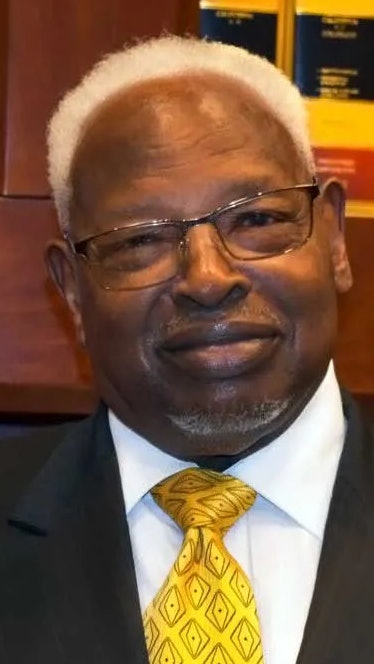In 1958, when Charles J. Brown graduated from high school as class president, he decided to enlist in the U.S. Army.
“My family were very poor — they didn’t have scholarships or student loans back then — and my only way of getting out of Mississippi was through the U.S. Army,” said Brown.
 Charles J. Brown
Charles J. Brown
“If they saw one [of us] by himself, he was in trouble. That was the state of Mississippi,” said Brown. “This society, especially in the South, were prone to make sure in no form or fashion that you were equal.”
The Army presented a very different kind of life. By the time Brown enlisted, the U.S. armed forces had been integrated by Executive Order (EO) 9981, signed by President Harry S. Truman on July 26, 1948. Black troops served alongside white, Latinx, and Asian troops, training together and fighting together.
“We were one United States Armed Forces,” said Brown. “It just so happened that we were Black, Caucasian, and Hispanics.”
But while EO 9981 mandated “equality of treatment and opportunity for all persons in the armed services without regard to race, color, religion or national origin,” Brown said that when it came time for leave, fun, or socialization, the men he trained alongside all went their separate ways.





















